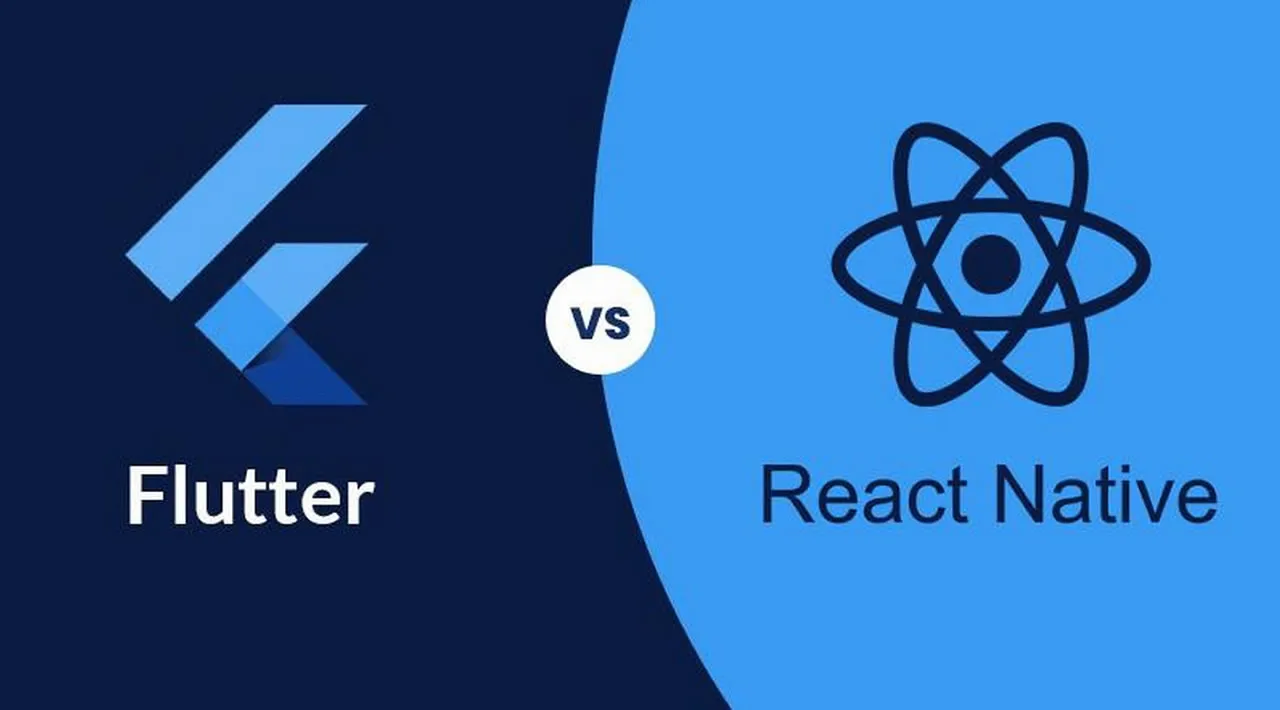Both Flutter and React Native are equally robust, useful, and high-performance frameworks used across all types of mobile app projects.
Flutter and React Native are two of the most popular frameworks that received widespread acclaim for their capabilities in building powerful native-looking and native-feeling cross-platform apps. No wonder, they are also subjected to frequent comparison and evaluation. Whether you should go for a React Native or Flutter app development company, for your next app project, needs meticulous consideration of several aspects.
According to a 2020 Statista report, 42% of developers prefer React, while Flutter is the choice framework for 39% of developers. Irrespective of their mutual rivalry and competition, it is extremely important to evaluate their strengths and weaknesses, pros and cons, and particular features that app developers may find helpful. Let us begin by introducing each framework and their key attributes.
What is Flutter?
Flutter comes as a robust and comprehensive Software Development Kit (SDK) furnished with UI widgets and tools. When it comes to the cost of app development, Futter offers a better value proposition as you need to rely less on third-party tools and APIs. Flutter is regarded to be one of the leading cross-platform frameworks used for developing powerful and natively compiled apps that can run simultaneously on iOS, Android, web, and desktop.
What is React Native?
React Native is a Javascript-based open-source mobile app development framework used widely for cross-platform mobile and native mobile app projects. Optimum code reusability, fast-paced development, robust tools, and plugins are some of the key positive attributes of React Native.
#flutter #react #react-native #mobile-apps
